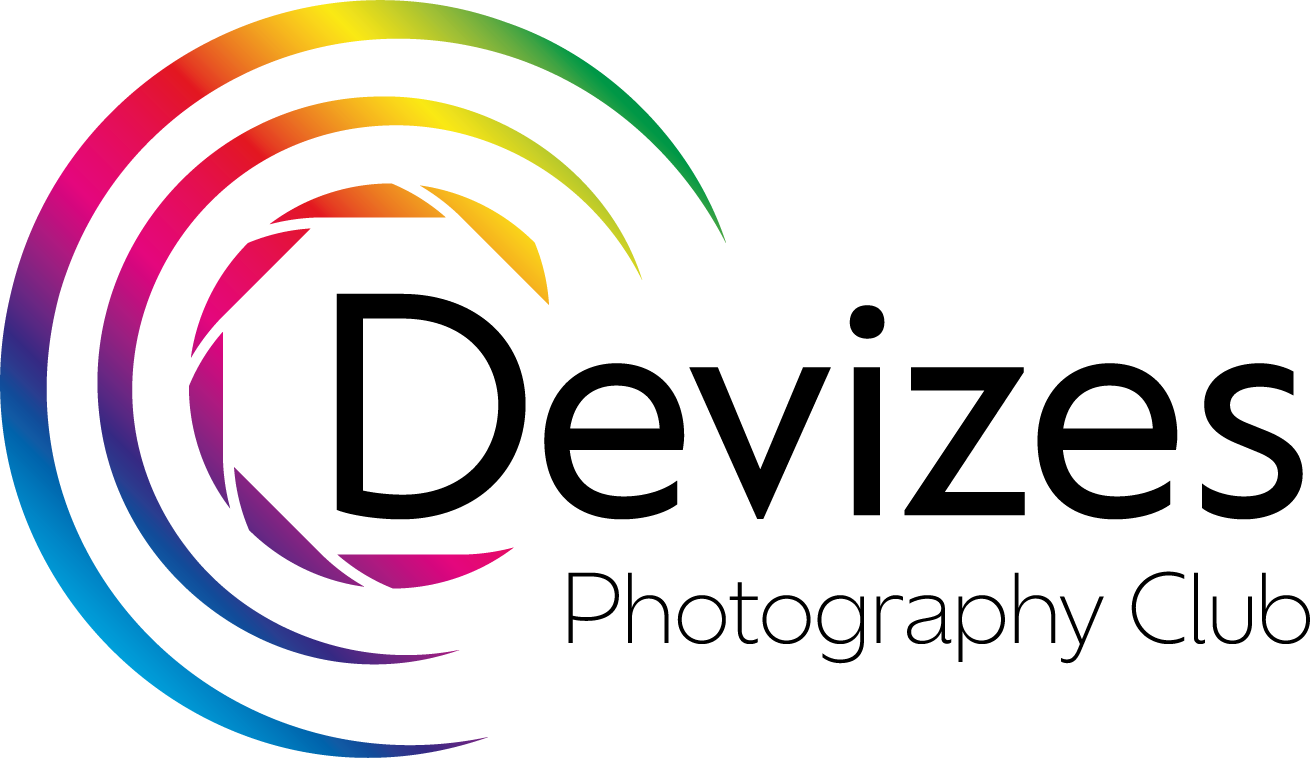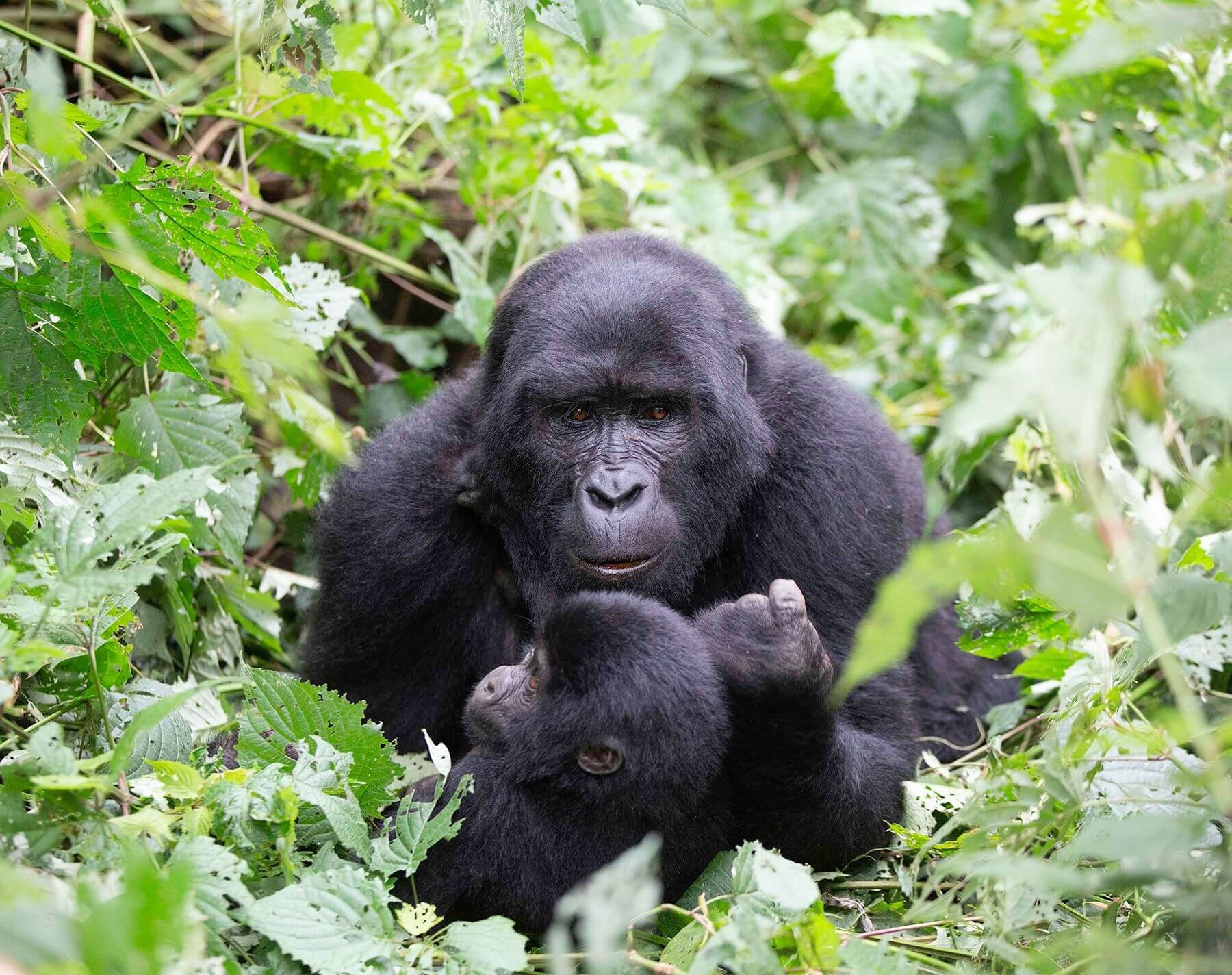Bob Brind-Surch FRPS. Modern cameras have powerful computer processors which can greatly assist you when taking photos. It is therefore very tempting to either set your camera on automatic and allow these computers to do all the work calculating the exposure, sorting out focus or to use the so called “creative modes” to manage a particular situation.
With all this computing power in the camera for which you have just paid so much do you ever wonder why some of your photos look too dark and some too light, do you wonder why some are blurred but some taken few frames later are not? The aim for this talk is to show you that allowing your cameras computer to make decisions for you isn’t always the best option. More importantly you will be reassured that taking back control yourself isn’t nearly as difficult as you might think. Bob does not necessarily advocating shooting completely in manual mode as he did when he started out. You just need to take control of the in camera computer, work with it and make it work for you. Anyone can take absolutely superb photos but the first step is leaving the auto mode settings on your camera behind and learning how even the basic controls, together with the inbuilt computer can make for a very different photograph.
This talk grew out of a series of requests from camera clubs and two fascinating talks he attended at two different camera clubs whilst working away in London. The first of these was a very technical presentation on how all the buttons on a camera worked and how wonderful they were. The second was from someone who had known Ansel Adams and explored how he took his photos. We were told how Ansel Adams used all the tools available to him at the time, in his case many in the dark room, to “make” his photos. There is a popular quote attributed to him – “you don’t take a photo you make a photo”. In his day although many of the basic camera controls were the same as they are on modern cameras most of the techniques he favoured were in post processing. There are arguably many more (software) post processing tools available today which he would have undoubtedly used if they had been available but Bob was left wondering how he would have reacted to the first talk. Ansel Adams wouldn’t have used auto mode and in this talk Bob wants to explore how you can use the tools available in a modern camera to produce, or “make”, a great photo “in camera”.
The camera is merely a tool we use to create photos. Like any tool it needs your input to make it most effective. Setting your camera to auto is similar to a carpenter setting up his power saw to cut a piece of timber then leaving it to perform the task on its own. The power saw is an excellent tool but it doesn’t know what the carpenter is trying to achieve but with his guidance it can produce a better effect than perhaps an older hand saw might. Exactly the same is true with your camera. It can’t possibly know what you want to achieve but only “guess” based on the settings you choose. The camera takes decisions based on the way it was programmed and those are not necessarily best for the images you want to create. Making better photographs is about taking control of your camera, using the power of the inbuilt computer to support not control the images you want to take.
In this talk Bob will first take you through the basic controls which haven’t changed much since he picked up my very first camera. He will then explore how the processors inside our cameras can assist us if we work with them but yet still remain the master. He will offer some new thoughts and new approaches to both the absolute beginner and also the more experienced shooter.
To find out more information about Bob please visit his website.





